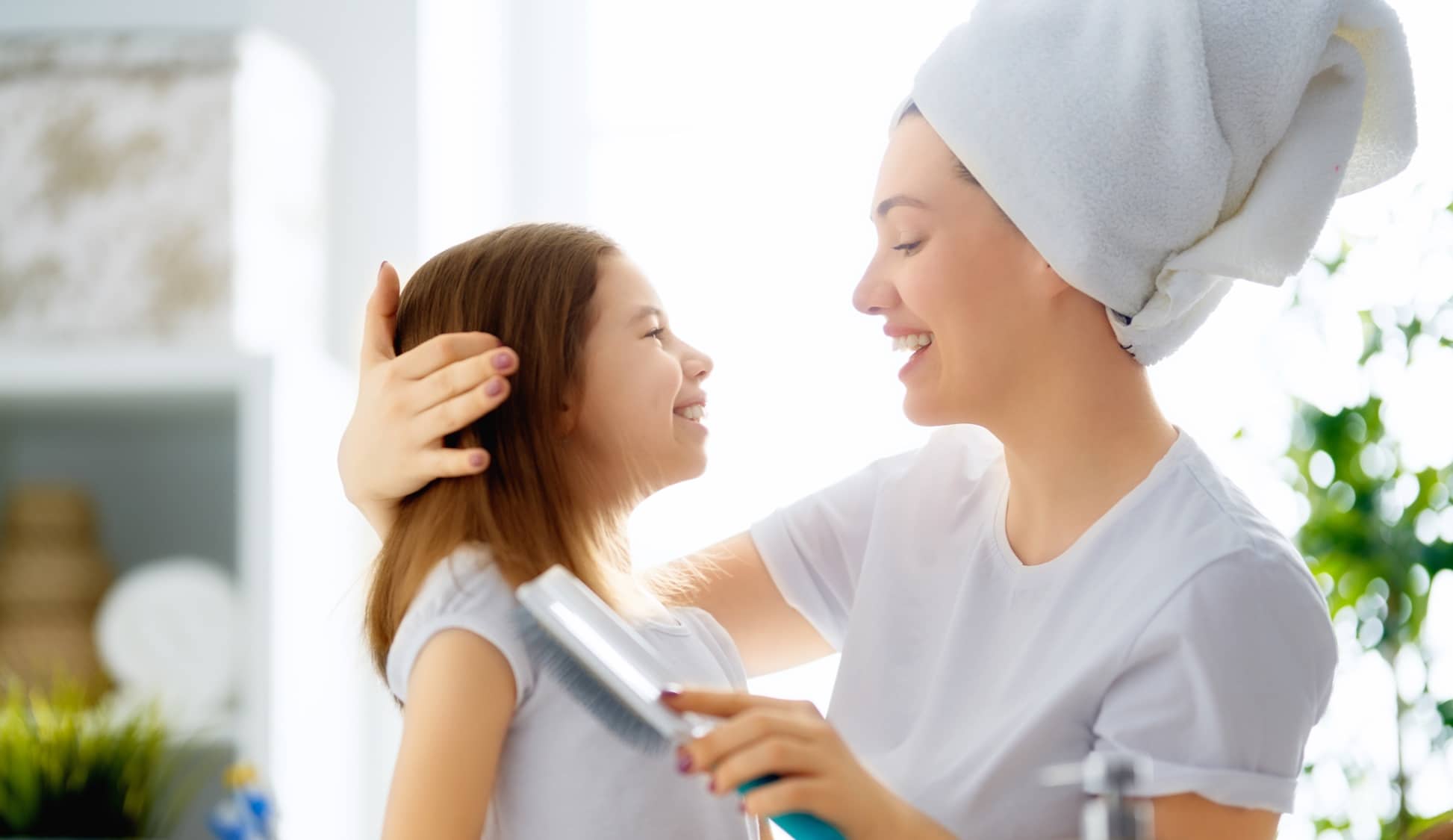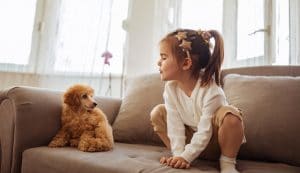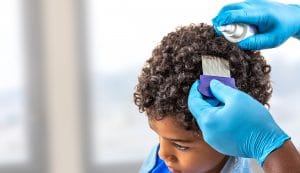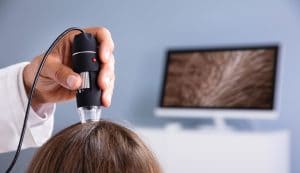Young children are, unfortunately, magnets for head lice. These tiny, wingless insects love to find any human head to call home since they live off the blood under the scalp. They can’t jump or fly, so they get around by crawling from one person with a lice infestation to another unsuspecting child when their head or hair come in contact. They’re especially rampant among children since they are almost always coming into contact with each other. As a parent, you want to know how best to handle a lice infestation should they strike one or more of your kids.
HOME REMEDIES FOR HEAD LICE
You’ll find some parents who swear by various home remedies for killing or removing these annoying pests. These are commonly based on either suffocating the lice or dehydrating them with heat or removing them with a lice comb. Some remedies might suggest a combination of these approaches.
The problem is that the jury is out on the effectiveness of these remedies, and the latest indications are that they probably are not effective. A recent study found that 100 percent of live lice survived being deprived of oxygen for a full eight hours. This means that even if you rub mayonnaise, olive oil or some other smothering agent onto your child’s hair and scalp, even a full nights sleep with that mess under a shower cap won’t solve the problem. Trying to kill them with prolonged use of a hairdryer to dehydrate them is similarly hit or miss.
OVER-THE-COUNTER AND PRESCRIPTION TREATMENTS
Perhaps you are more inclined to go to the store to get an over-the-counter lice shampoo to handle the problem. This is what many parents do, but sadly, the pesticides used in these products, mainly pyrethrins or pyrethroids, have been used for so many years that the vast majority of head lice have developed a resistance to them. These “super lice” won’t die no matter how many times you apply these shampoos and treatments, and these ingredients are also toxic, so repeated treatments may not be doing your kid any good.
You might decide to take the prescription medicine approach to kill the lice. Be advised, however, that because they are prescriptions, these medicines can be quite pricey. Also, they still won’t necessarily kill the lice eggs, or nits, so you’ll have to repeat the treatment at least a couple of times to have any chance of success.
PROFESSIONAL LICE REMEDY
If you are currently facing a family with a lice infestation, you’ll be happy to hear that there are lice treatment services that can handle the problem for you. Your best bet is to look into lice treatment centers in your area that you can bring your family to for a professional diagnosis of the presence of lice and then a treatment that’s fast, effective and affordable.
A PROFESSIONAL LICE TREATMENT CENTER IN CHADDS FORD, PENNSYLVANIA
If you’re a parent living in the Chester County area, you should know that Lice Lifters of Chester County is one of the best lice treatment services in the area. That isn’t just us making that claim. Look at our incredibly high ratings across the board on Google reviews.
When you bring any family members you feel may have lice to our kid-friendly lice salon, one of our certified lice technicians will do a head check to verify they are present. When they are discovered on the head of your loved ones at our professional lice salon, we then employ completely safe and all-natural products and techniques to get your family free of lice in a single visit. We are so confident of the process used at our lice treatment service that we back it up with our Lice Lifters Guarantee. So, when your kids start scratching their head furiously or say they feel like something is crawling around on their head, please contact our professional lice service, so we can get rid of these pests in a safe, fast, affordable and effective way.





